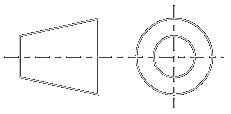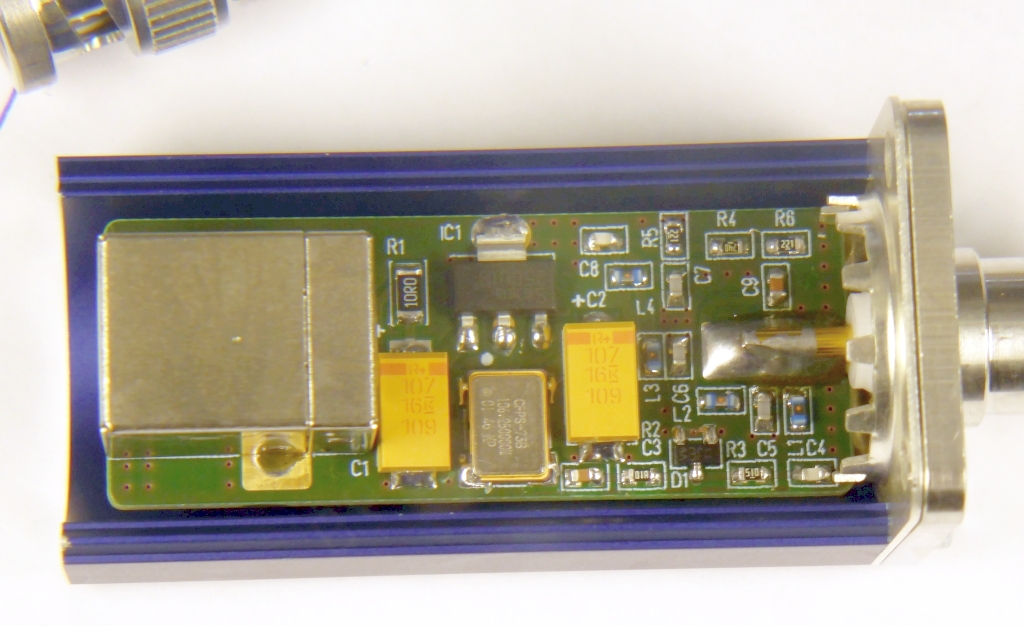
Categories
Statistics
Since 08.08.2014
Counts only, if "DNT = disabled".
Your IP is 3.22.242.169
ec2-3-22-242-169.us-east-2.c
Counts only, if "DNT = disabled".
Your IP is 3.22.242.169
ec2-3-22-242-169.us-east-2.c
Info
เราจะทำแบบวิศวกรผู้ยิ่งใหญ่

25. December 2024
YOU RATED THIS ...
avg = 0.0 , n = 0


RF-PowerTransferStandard.php 6586 Bytes 11-11-2024 17:45:28
RF Reference Source - for Powermeter Calibration
Some kind of a transfer standard
This design is strongly inspired by www.w1ghz.org.
(A very beautiful website) It has not
a sub - milli resolution nor a temperature coefficient of 0 ppm. It generates a sinewave of 100 MHz with approx. - 10 dBm,
as we are using mostly 80 MHz or 120 MHz for our experiment.
It is intended to verify the functionality of our RF Power Detectors and their synchronism. It is portable and usb powered.

✈ Principle of operation • Circuit description
From the +5V (nominally 5V±0.25V at up to 0.5A) of the usb port, a low dropout linear voltage regulator (IFX25001-3.3) generates +3.3V for an crystal oscillator of 100 MHz.
Following the output of the crystal oscillator is a limiter designed with a BAV99 which limits the output voltage to 1.6 Vpp.
After a lowpass (designed for 117 MHz) and an attenuator (10 dB) you should see approx. -10 dBm
at the output when terminated with 50 Ω.
✈ Stability / Power Consideration
The voltage regulator (IFX25001 ME V33,IFX25001 TF V33) has a 0.5 mV/K accuracy. This means that a temperature range of 20°C ±10 °C
results in an output voltage of 3.3 V ±0.1 V. If we assume that the output voltage (of the regulator) is linearly related to the
output of the xco, then we have an output power of 14.349 dBm (±0.3 dB). Variations are smoothed out by the diode limiter.
The photo-model uses a 106.25 MHz xco, and a 4 dB attenuator, as the 100 MHz types are stuck in the mail ...
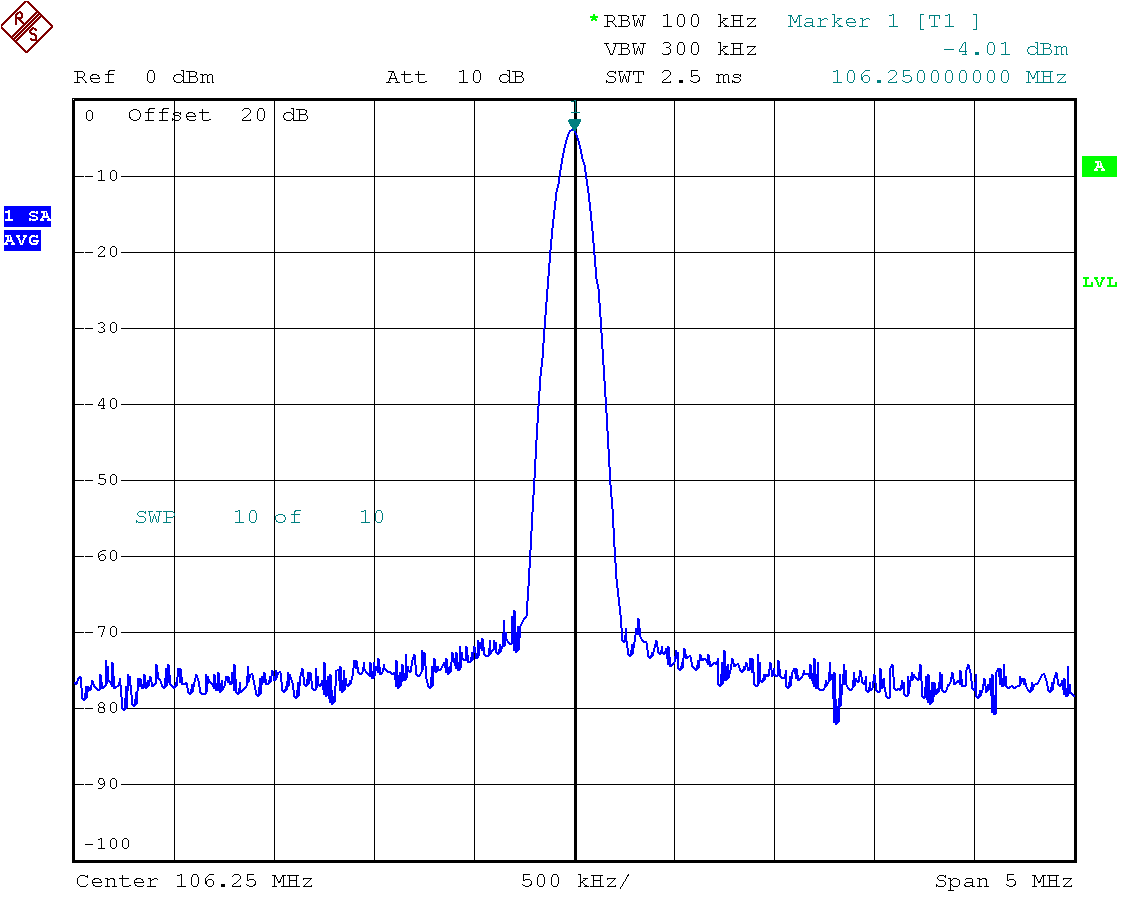
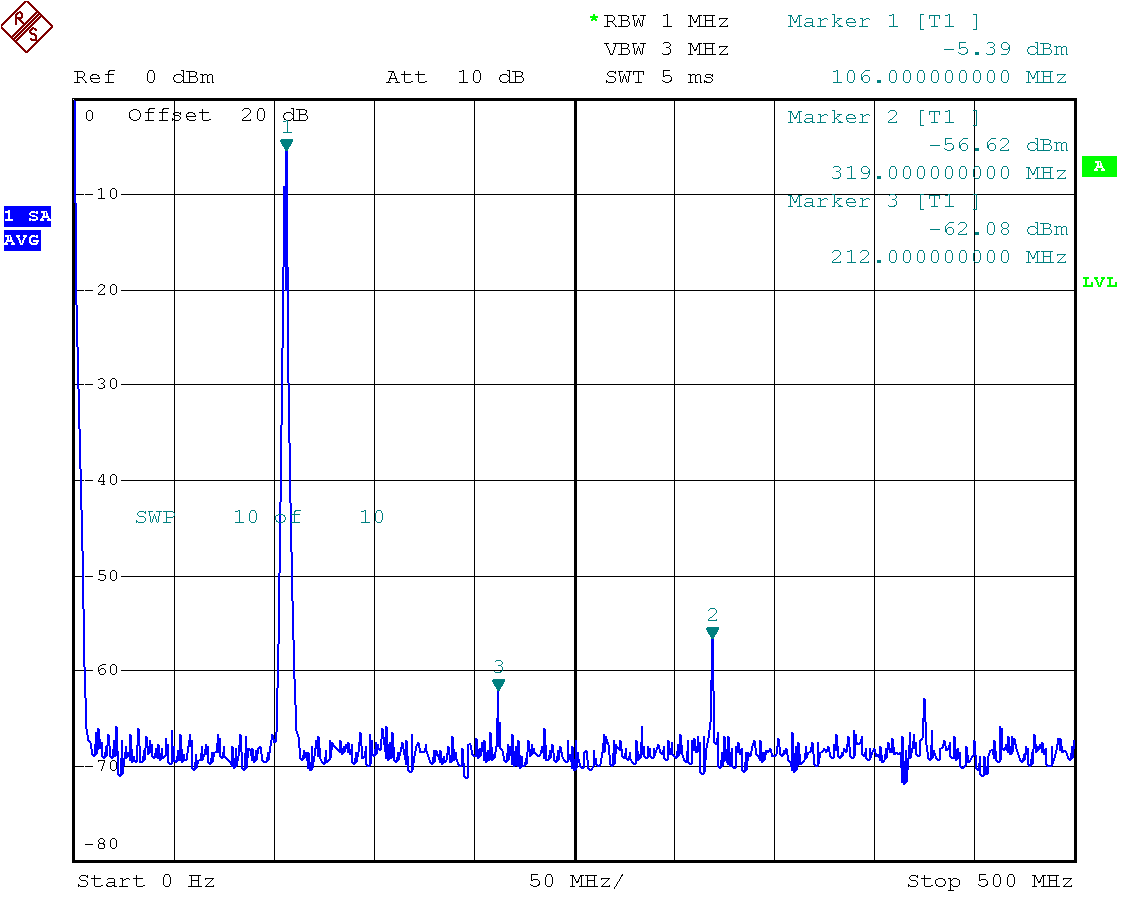
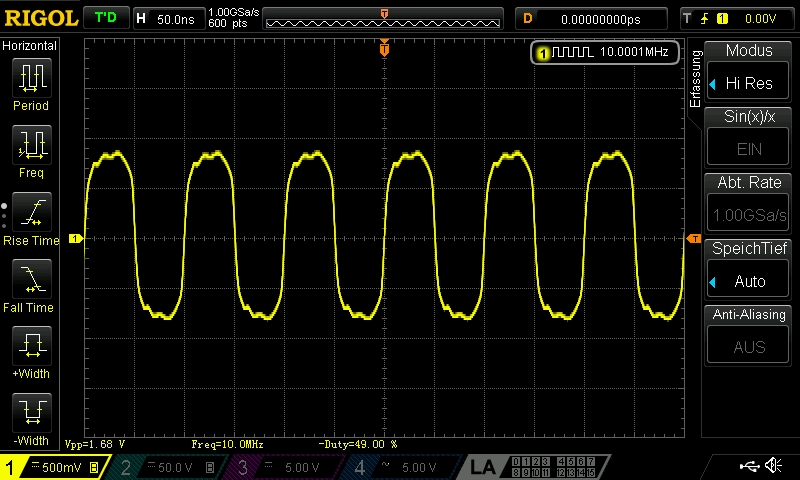
The output of the limiter, tested with 10 MHz (squarewave), as the scope has (only) a bandwidth of 100 MHz. Input was
2.0 Vpp but the output is stable over a wide range.
✈ Share your thoughts
The webmaster does not read these comments regularely. Urgent questions should be send via email.
Ads or links to completely uncorrelated things will be removed.
Your Browser says that you allow tracking. Mayst we suggest that you check that DNT thing ?
 ช้างเผือก
ช้างเผือก




